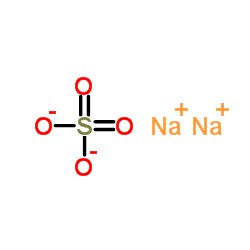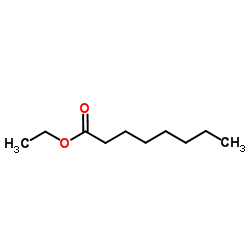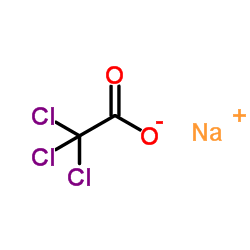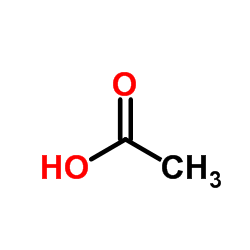| Structure | Name/CAS No. | Articles |
|---|---|---|
 |
Formic Acid
CAS:64-18-6 |
|
 |
Hydrochloric acid
CAS:7647-01-0 |
|
 |
Acetonitrile
CAS:75-05-8 |
|
 |
sodium sulfate
CAS:7757-82-6 |
|
 |
Methanol
CAS:67-56-1 |
|
 |
Aqueous ammonia
CAS:1336-21-6 |
|
 |
Ethyl caprylate
CAS:106-32-1 |
|
 |
Sodium TCA
CAS:650-51-1 |
|
 |
acetic acid
CAS:64-19-7 |
|
 |
1-Octanol
CAS:111-87-5 |